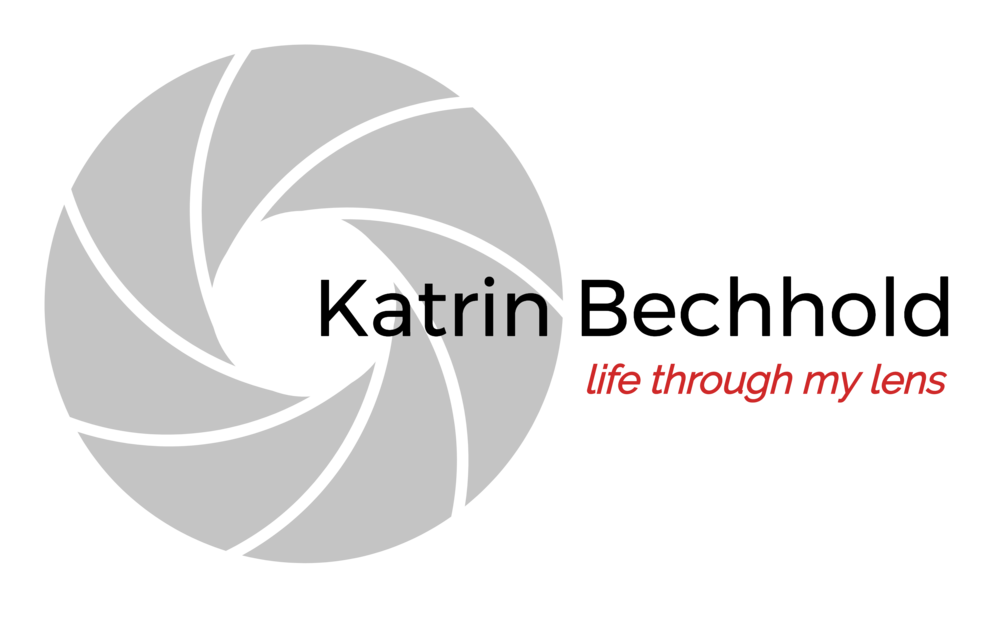A few months ago, there was a Kickstarter campaign for a 'professional' pinhole 'lens' for digital cameras. And because I really like to photograph with pinhole cameras - and I'm also quite a fan of this whole Kickstarter idea and always like to participate in such projects, I signed up as a supporter.
A few years ago I already tried a pinhole cap on the Nikon but honestly the results were simply not interesting at all.
But this was a new development, a new idea, that was worth a try.
The 'lens' (in quotation marks, because it is of course not a lens but simply a tube with an opening, which is screwed to the camera like a lens) seems very sturdy and well made, the various apertures change smoothly. There was also a UV filter included in the supporters package - although it is a little weird to screw a filter in front of a pinhole but I was very pleased with this supplement, because I have to admit I did not like the idea to expose the sensor - t the hole is indeed tiny, but dust is that too ...
The optics correspond to a focal length of 50mm, which matches (at least that what the experts say) the aperture 0.30 (F 167).
I played around with the different apertures, there are all in all eight, the smallest corresponds to about F 500 (referred to in the PinholePro as 0.10), the largest F 62 (= 0.80).
Very quickly, however, I realized that I can like the smallest opening best - probably because I like - and especially in the pinholes - to do long exposures. For my XT-2 the lowest sensitivity is ISO 200 - apart from LOW - and that could be ISO 100 - unfortunately I do not know exactly and I could not find anything on the internet.
The weather gods really liked me that day and luck also had it that I was just visiting Berlin - close to 'my' bridge, a place which draws me again and again and which I like to take pictures of again and again. With the very best of autumn weather and in bright sunshine the exposure times were only very short, even with the smallest aperture i could only get between 1 and 2 seconds, very few times up to 10 seconds.
It was very new and unfamiliar to have a viewfinder and thus being able to compose the imgage so well. My 'real' pinhole cameras do not sport a viewfinder, and that is actually a part of magic of the whole pinhole business, that you do not know exactly what will be in the frame...
My first conclusion is rather mixed. The handling of the lens was super good, everything moves smoothly and accurately, it also feels good to work with it. The automatic exposure also worked well in those good light conditions, so I did not have to convert or work with the Pinhole Assist app. All the pictures are well exposed.
But for me, the exposure times were way too short - I would have liked to smooth the water at the bridge for example - and with a maximum of 10 seconds there was nothing to be done, , it just will not get smooth enough. So if I want more longtime exposures, I have to use a ND filter in the future.
After importing the pictures into Lightroom,I realized that there were really an awful lot of dust spots on the sensor. Quite honestly I am not sure if they are really that - dust on the sensor (in the FB group somebody voiced the theory that it could be Newton rings - I find that hard to believe, but who knows?). In any case, lots of really distinct spots. Really a lot of stupid work to mend that.
It seems that the work and the time I save on developing the film and scanning the negatives will be eaten up quite rapidly by the work on post in Lightroom / Photoshop.
The pictures themselves are rather blurry - or to be honest: they are too blurry. you can do quite a bit In post-production to improve that as well - but that also costs a lot of time.
The blurryness is probably due to the small sensor - my films do not look so blurry - and for my taste it is too pronounced, it is distracting and does not contribute to the image effect.
This comparison is a bit unfair, I'm comparing at a 6x6cm negative at 25 ASA to a cropped sensor at 100 ISO and that's quite a difference in size an pixels ... but that's what the PinholePro has to compete with in my camera bag.
What I really like about this whole digital pinhole business is that I can now do some colored pinholes, so far I've gotten pretty awful results with the color films and also had to wait three weeks for the lab to develop them. There are now better opportunities with the PinholePro.
So on the whole it is a quite successful implementation of the pinhole idea into the digital world , but for me personally it does not really come close to the analogue pinhole cameras. But If there will be a wide-angle version of the PinholePro, I would certainly be backing it again. And hope is that they will find a way to manage the blur?

